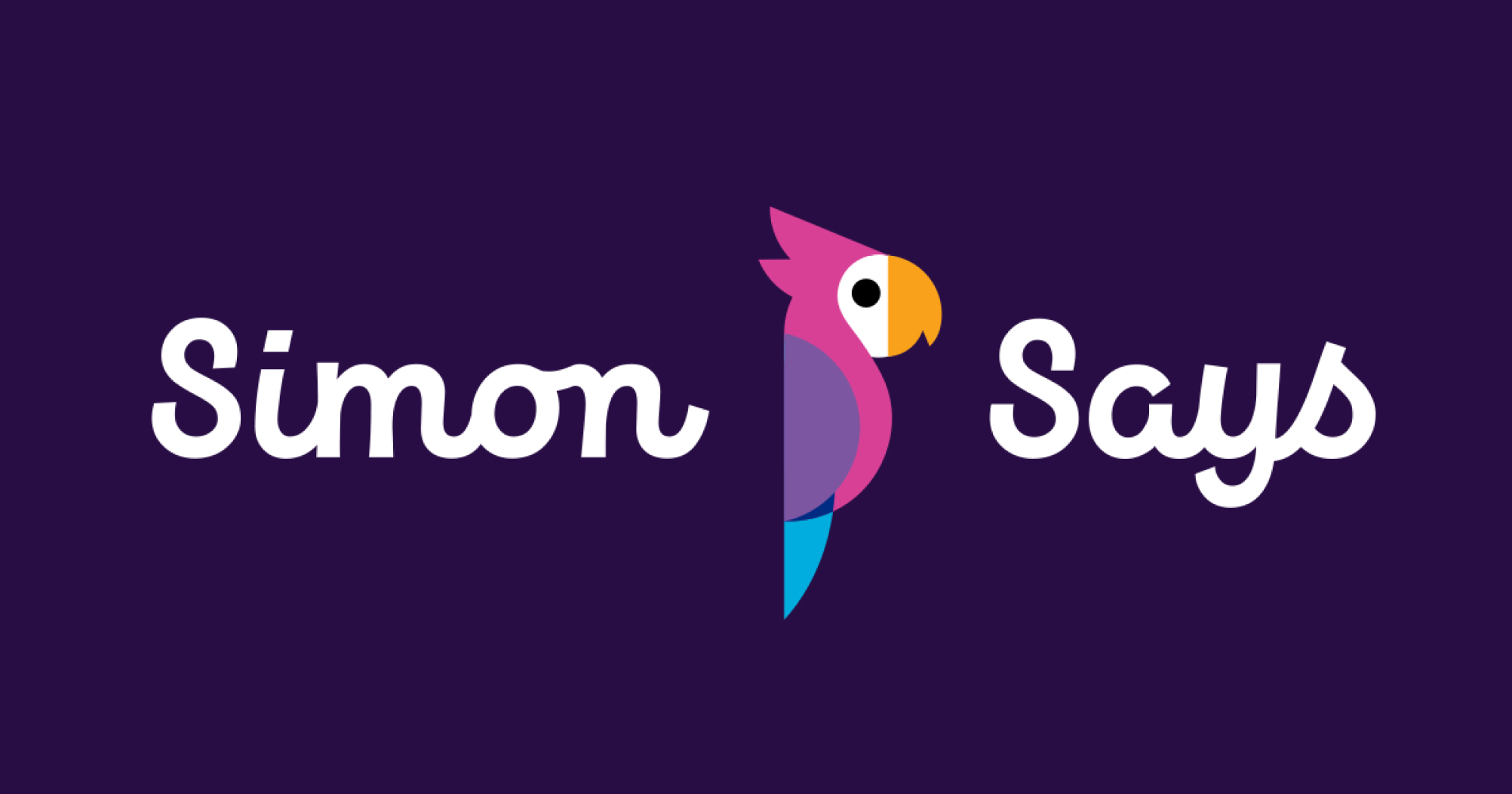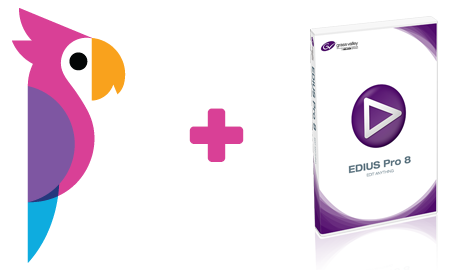

The Guide to Managing Video Teams
Video production project management involves planning, scripting, storyboarding, shooting, editing, and distributing a video. Whether it’s a big-budget movie or a small, indie filmmaker’s project, it all follows the same straightforward steps.
Here’s your guide to managing a video project, during every step of the production process.
Who should be involved in video production?
Even for the production of a short, simple video, there are still many stakeholders involved in making it happen.
Video Producer
This is perhaps one of the most involved roles in video production — even more so than the director. The producer coordinates every aspect of the project from start to finish. We’re talking hiring, casting, managing finances, overseeing shoots, wrangling editors, and delivering the project on time.
You can think of them as a super-busy project manager. And your video won’t be a success without them.
Video Production Assistant
Sometimes called a 'runner’, the production assistant works closely with the producer — it’s unglamorous but it’s essential. They basically cover anything and everything that a producer needs to make the video project run smoothly.
Video Production Manager
A role that’s more prominent in a large-scale production, a production manager oversees the business side of the project, including finance, contracts, legal issues and employment.
Videographer/camera operators
Videographers are essentially the camera operators. However, in larger-scale productions, a videographer might be hired to film behind-the-scenes or bonus content with a smaller, handheld camera, while a camera operator uses the main camera to shoot the project.
Video Director
In large-scale film productions, directors are the creative mind behind all of the film’s shooting. They are the ones who decide the look and feel of a project, and often have their own distinctive style. Think Wes Anderson, Quentin Tarantino, or Michael Bay.
In the context of a corporate video shoot, they have to stick to a specific brief, but still add their own flair to elevate videos from good to great.
Video Editor
Editing is the process of taking the raw footage from the video shoot, and assembling it into a cohesive sequence, as laid out by the writers and producers via a storyboard.
What you need to plan your video production workflow
Video planning and pre-production has a lot of moving parts — there are a lot of boxes to check to make sure everything runs smoothly on shoot day.
When working in a video team, it’s a good idea to create a collaborative board. It doesn’t have to be fancy, just somewhere that everyone can access, where you tick off all your main tasks as they’re done.
If your team is all working remotely, a collaborative platform like Google Docs is a good way to share notes. Software like Trello or Monday has templates you can use for planning large-scale projects.
Here are the basic steps that go into every video production project, which may need to be tweaked based on your specific needs:
- Set out your objectives: why are you making this video?
- Research your audience to ensure your end result appeals to the right people
- Decide on your core message: how do you want your audience to think, feel, and respond?
- Write a video production brief that will serve as a bible for the duration of the project. It will detail the results of the steps above, plus include info like budgeting, location, deadline, and distribution information.
Once you’ve done this, it’s time to get creative. Write your script, decide on aesthetics, create a storyboard, and watch your video come to life.
How to create a video storyboard with your team members
Every step of video creation is a collaborative effort, though storyboarding might be the most all-in, hands-on stage of the process. You’ll create a storyboard after your script is done, and it should include detailed information like lighting, coloring, framing, transitions, and other important aspects of your film. It will be a guide through the rest of the production process, to ensure that your final product is as close to your original vision as possible.
A storyboard is something that you want to get as much feedback on as possible. The whole team should be involved to make sure that everyone is on the same page.
How to manage a remote production team (spoiler: project management software plays a starring role)
Getting your video production team to be in one place at one time can be pretty difficult. From writers and editors to the director, it’s likely that everyone lives and works in different places. This is a challenge in itself –– how can you create something that relies on close collaboration and communication when you’re never actually together?
Here’s how...
During pre-production
Thankfully, the internet is the answer. There are a number of great software tools that will make your life a lot easier.
- General communication: Slack, Google Hangout/Chat
- Script writing and notes: Google Docs or Atlassian
- Task management: Trello, Monday, G-Cal, Asana
- Content sharing: Google Drive, WeTransfer, Dropbox
During shooting
When it comes to shooting, not everyone will be on set. You still want to keep communication channels open, so maybe set a certain time each day to connect and review how the shoot is going.
Assign one person to be in charge of initiating these (online video) calls.
During post-production
When it comes to the editing process, there are a lot of things that need to have team input: color grading, sound effects, camera angles, transitions, music… the list goes on! Programs like Wipster and Filestage are ideal — allowing multiple people on a team to view a work-in-progress video and leave notes.
But so too is an AI-powered software tool you may be aware of, called Simon Says...
Simon Says is an easy way to make video project management collaborative
Simon Says has strong collaboration tools that allow you to share your video content in real-time with colleagues and co-editors before publishing. Let’s say you’ve transcribed the video, created an assembly edit, or added closed captions for accessibility reasons, but you want another pair of eyes just to be sure it’s all correct.
We’ve made it super easy to share projects with a simple link, without anyone needing special software or tools to access it. Sign up to Simon Says for a free trial and see how it all works: https://www.simonsaysai.com



thumb.png)
